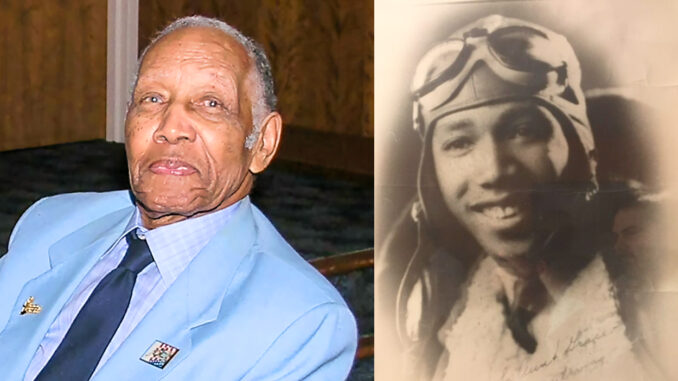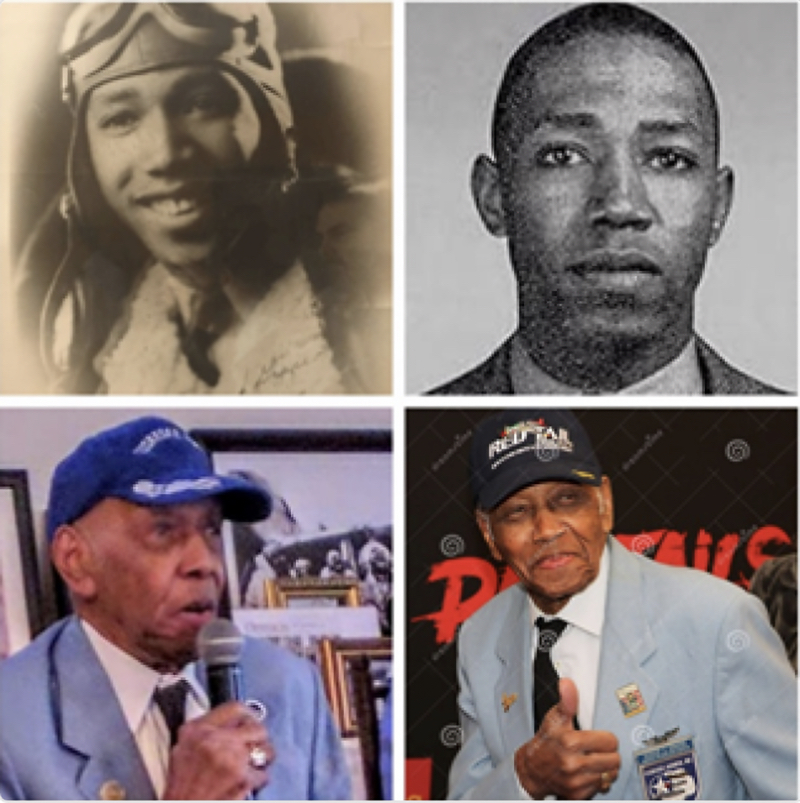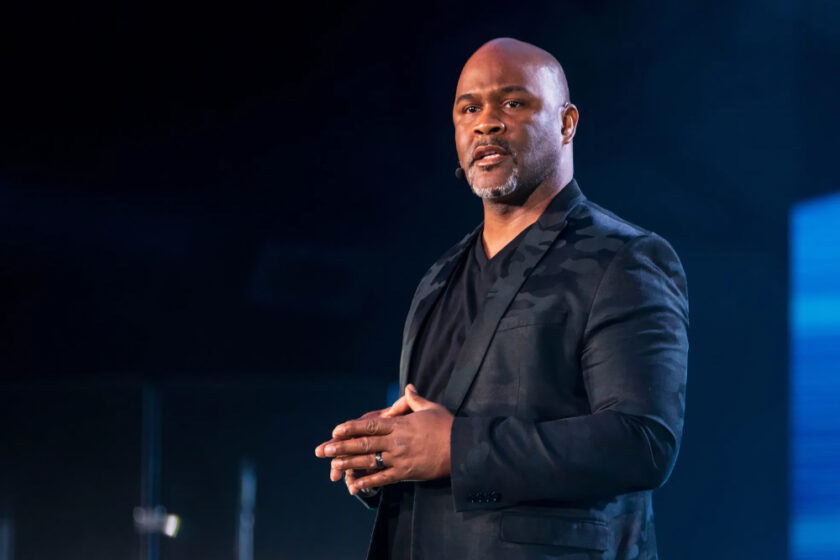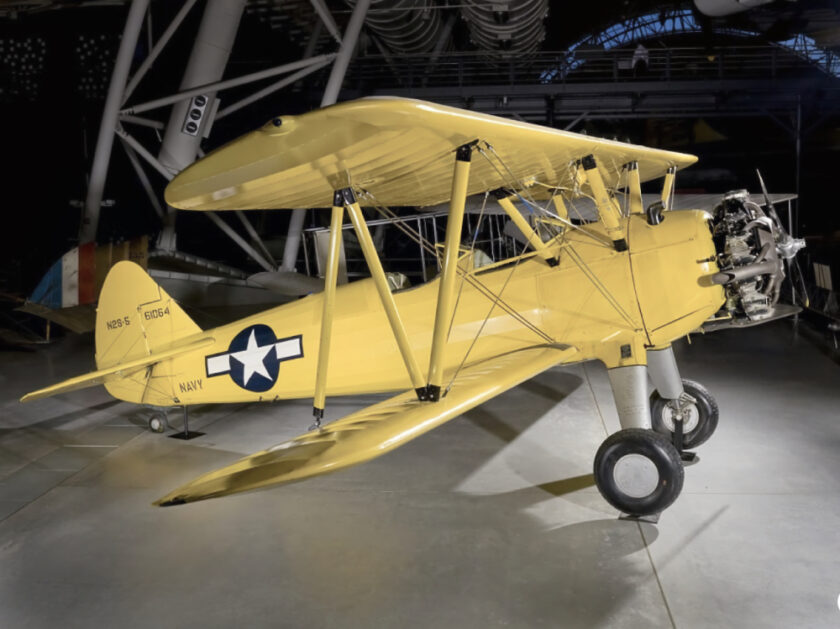
By EDMOND W. DAVIS
FOR PASCACK PRESS
Dateline: Westwood—Tuskegee Airmen Flight Instructor Dr. Roscoe D. Draper—affectionately known as Coach—passed away Thursday, Oct. 31 at the remarkable age of 105. Draper is one of the few remaining members of the Tuskegee Airmen, and he was the only one from the Civilian Pilot Training Program of 1940.
A pioneering flight instructor and American hero, he leaves a legacy that will continue inspiring generations of aviators and civil rights advocates. Born in Haverford, Pa. during the “Red Summer” of 1919, Draper’s life was marked by courage, resilience, and groundbreaking contributions that forever transformed our nation’s history.
How do you help in the effort to defeat Nazi Germany only to return home to work at the post office due to racial segregation and Jim Crow? This was the reality faced by Roscoe Draper and countless others in the 1940s.
The extraordinary life of Dr. Roscoe Draper, whose dedication broke racial barriers and set new standards in American aviation. As one of the last surviving members of the first class of the Civilian Pilot Training Program (CPTP), Draper was a flight instructor for over 900 Tuskegee Airmen pilots, including the famed Red Tails of World War II.
Like Booker T. Washington, Draper studied at the Hampton Institute, now Hampton University; after earning his private pilot credentials, he was selected for training at the Tuskegee Institute, where he would help reshape American and world history.
Draper began his flight training in 1940 at Kennedy & Moton Fields in Tuskegee, Ala., laying the foundation for Black aviators in the U.S. Army Air Corps. His students included Arkansas native Jerry T. Hodges Jr., one of the 477th Bombardment Group pilots.

Draper’s impact on aviation and civil rights extended over decades. In 2007, he was among those collectively awarded the Presidential Medal of Freedom by President George W. Bush—a fitting tribute to his monumental contributions to military aviation.
Draper wasn’t the only “combat-less” member of the U.S. government’s mission at Tuskegee Institute who was called a “Tuskegee Airmen.”
Other Tuskegee Airmen who played pivotal roles but never saw combat included groundskeepers, nurses, mess-hall workers, and flight instructors. The estimated 16,000 to 19,000 Tuskegee Airmen share this historic recognition the federal government bestows.
Meeting Coach Draper in 2006 at Philadelphia’s 30th Street Amtrak Station—a location that served as my shelter two decades earlier during my period of homelessness as a 4th grader failing student—was an unforgettable honor. The Tuskegee Airmen story became the cornerstone of my journey to preserve and share the legacy of these global heroes and sheroes. Coach Draper’s life uplifted countless aspiring aviators and forever shaped my purpose as a biographer to his friend and fellow Tuskegee Airmen flight instructor, Dr. Milton P. Crenchaw.
Dr. Draper, alongside pioneering CPTP members such as Crenchaw, Charles R. Foxx, Daniel “Chappie” James, Robert Terry, Linkwood Williams, Calvin R. Harris, Gilbert A. Cargill, Ernest Henderson, and Charles H. Flowers, under the leadership of C. Alfred “Chief” Anderson and Lewis A. Jackson, laid the groundwork for what would become the Civil Rights Movement—long before Rosa Parks or Dr. Martin Luther King Jr. became household names.
In retrospect, why is there not a national holiday named after the Tuskegee Airmen? They fought for civil rights, and equity not to mention served this country at home and abroad. Their bravery and skill helped integrate the U.S. Armed Forces in 1948, inspiring generations to follow. Draper earned a helicopter rating in his 70s and gave flying lessons into his 90s.
As one of the last of the Documented Original Tuskegee Airmen (DOTA), Dr. Roscoe D. Draper’s life represents a wealth of military, educational, and sociohistorical milestones. He will be celebrated not only by those of us who study and honor the Tuskegee Airmen but also by all who understand the profound impact of his contributions to our nation. Draper was believed to be America’s oldest surviving military pilot and federal post office employee at 105 years old.
A piece of American history just transitioned, but is still alive! Share this news with your students, communities, families, service members, and allies, as it is the truth. His legacy lives on in the stories of the Tuskegee Airmen, American history, military history, social history, civil rights history for all Americans, and advancements as they sparked civil rights, equality, and societal equity movements for everyone.

Edmond W. Davis, a social historian and journalist, has written biographies and scholarly articles on the documented and undocumented Tuskegee Airmen and airwomen for nearly 20 years. He is the author of “Pioneering African American Aviators: Featuring the Tuskegee Airmen of Arkansas.”
PASCACK PRESS had the honor of covering Coach Draper twice in recent years: first, in July 2019, in “Congressional Medal for Tuskegee Airman of Westwood,” by John Snyder; and on May 14, 2022, at another milestone: “Happy 103rd to Roscoe ‘Coach’ Draper,” also by John Snyder.
At his 103rd, paying grateful and cheerful respects along Kinderkamack Road, stopping at the home Draper shared with his daughter, were the Bergen County Sheriff’s Honor Guard; Westwood’s police department and volunteer fire and ambulance corps; the New Jersey wing of the Civil Air Patrol; the Federal Aviation Administration; the Tuskegee Airmen Philadelphia Chapter; the Roscoe Draper Chapter (Philadelphia) of the Black Pilots of America; the VFW and American Legion; students from the Westwood Regional School District; Mayor Ray Arroyo; the Borough Council, led by its president, Beth Dell; veterans; family; and many friends.
Derek Grier, president of the Roscoe Draper Chapter of the nonprofit Black Pilots of America, that May 17 lauded the borough for all it had done to celebrate Draper.
“The mayor was fantastic,” he said. “It was a really good event. The town went all out, and it was very moving.”
In its proclamation affirming its gratitude to Draper for his faithful service to this nation, the borough’s governing body noted the details that long have been celebrated in circles that well understand their lift and thrust:
“Whereas it is often the commonplace things that are most telling about the way an uncommon man has lived his life; and whereas Roscoe Draper’s teaching style earned him the affectionate title of ‘Coach’ while he instructed the legendary Tuskegee Airmen from 1942 to 1945 — which implies he not only mastered the effective relaying of technical principles and fundamentals but also established a warm, mentoring relationship with his students — and whereas to still be known as coach 77 years later confirms that Roscoe Draper continues to this day to guide, mold, encourage and lift up those in his orbit, which speaks volumes about the heart and soul of this humble hero and national treasure,” the proclamation reads in part.
It added, “Whereas upon hearing that a resident has reached the extraordinary age of 103, we should pause to reflect on the influence that one life can have on those around him over the course of a century.”
And it said, “Whereas when a resident is also an historic figure whose life and actions not only positively influenced those around him but affected the entire world during a time of war — and who did so with grace and a warmhearted regard for his fellow human beings — we must pause to marvel at the remarkable inspiration that one man can be, not only in his own lifetime but for generations to follow.”
The proclamation noted the governing body is “proud to represent all of Westwood’s residents, from the ordinary to the famous; having such an inspiring living legend as Roscoe Draper residing in the borough is truly an honor.”

In our 2022 reporting, we quoted historian Theopolis W. Johnson saying, anyone—man or woman, military or civilian, Black or white—who served at Tuskegee Army Air Field or in any of the programs stemming from the Tuskegee Experience from 1941 to 1949 is a documented original Tuskegee Airman.
Johnson says 2,483 persons were pilot trainees at Moton Field and Tuskegee Army Air Field (AAF) in Tuskegee, Alabama from July 19, 1941 until June 28, 1946.
Draper, one of the first 10 to go to Tuskegee for advanced flight training, enlisted in the Air Corps reserves as a civilian instructor in October 1942.
He earned the moniker “Coach” for his teaching style. He was honorably discharged in November 1945.
“I was not interested in active service,” he told Pascack Press in 2019. He explained that he’d earlier applied for active service but was denied. When African Americans finally were allowed on active duty in 1942 he declined.
“I said, ‘You wouldn’t let me in when I wanted to get in so now that you want me to get in I don’t care to be in.’ That was the way I felt about having been denied. They didn’t want me in then, so I didn’t want to be in now.”
He said he stood by his decision—that he’d do it all again the same way.
“Oh yes, oh yes,” he said.
Coach accepts his medal
President George W. Bush presented the Congressional Gold Medal, the highest civilian award given by Congress, to the Tuskegee Airmen as a group in 2007. Individual members are entitled to receive bronze replicas.
The original by law is on display at the Smithsonian Institution.
Seated beneath a portrait of himself as a dashing young pilot, and with his daughter Norma Crocker beside him, Draper on July 3, 2019 accepted his bronze medal, and a U.S. flag that had flown at the Capitol, from Rep Josh Gottheimer (D-5).
Draper gauged the heft of the medal, which features three Tuskegee Airmen in profile: an officer, a mechanic, and a pilot. The reverse design features the three types of planes the Tuskegee Airmen flew in World War II: the P-40, the P-51, and the B-25.
It is inscribed 2006, Act of Congress, Outstanding Combat Record, Inspired Revolutionary Reform in the Armed Forces.
Then he said, “I think it’s great. I’m honored and very grateful.”
Gottheimer said then, “Pvt. Draper has lived a remarkable life and his service to our country is an example to us all. He embodies much that is great about our country. Despite facing intense discrimination, Pvt. Draper stepped up and served our country during World II, protected our democracy and freedom, and we are so much better for it.”
Throughout, Draper showed off a model Stearman Boeing PT-17 “Kaydet” biplane, which served as a military trainer in the 1930s and 1940s, and with which he is intimately familiar.
He said such a trainer is on static display at the Smithsonian’s National Museum of African American History and Culture in Washington, D.C.
“It’s quite possible I flew that very airplane,” Draper said.
